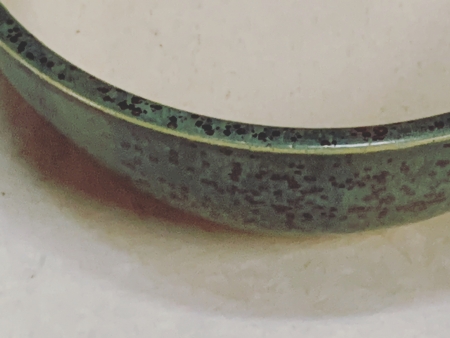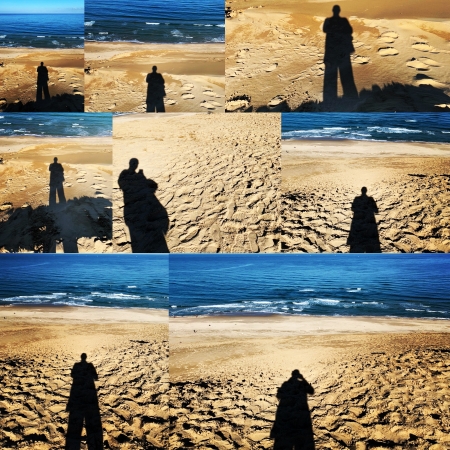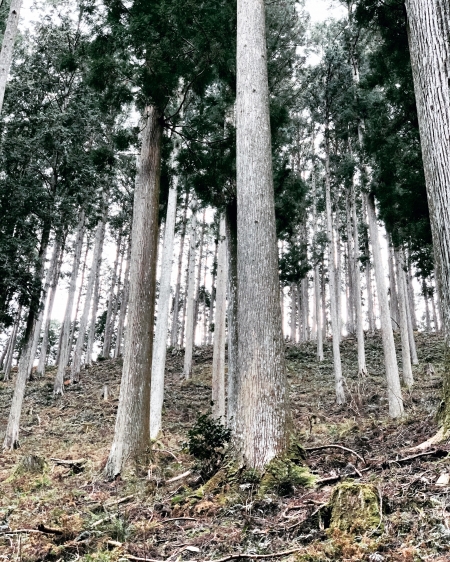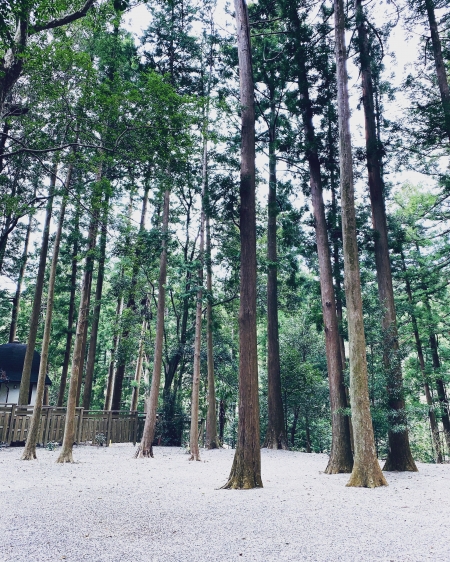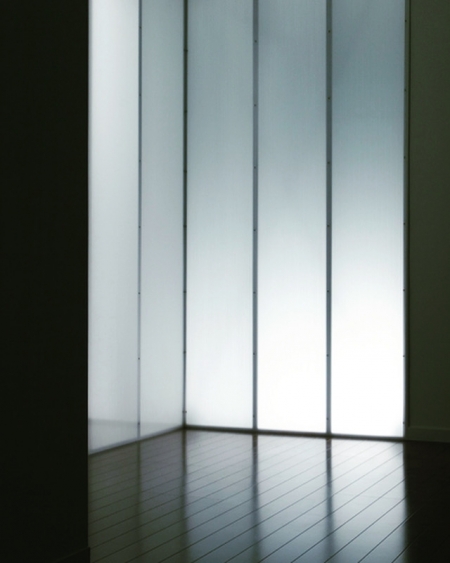精度が大事
ものを選ぶ時の決めては精度になる。「もの」には食べ物も含まれるし、建築以外のインテリアも、「もの」と付くもの全ての最初の判断基準になる。
精度には2つのことが反映されていると考えている。ひとつは技術の高さ、もうひとつはつくり手の真面目さ。
そもそもの技術が低ければ、精度が落ちるだけでなく、どのように見た目を繕っても、デザインをセンスよく施しても、大したものはつくれない。
そして、こちらの方が大事かもしれないが、どんなに技術が高くても、真面目さがないと、良いものを作り続けていくことができない。
人の能力には差があるが、その能力は点では無くて、ある程度の幅があり、その時の条件や環境によって、1回であれば、1発であれば、能力差を凌駕できる結果を出すことができる。
ただ、本当に良いものは1発では無く、常に良い。
何も無い所から立ち上げる時、実績も何も無いから、自分ができる最大限のことをして、結果を出し続けないと、次が無い、その時はそのようなことを考える余裕が無いかもしれないし、ただ無我夢中なのかもしれないし、計算できないかもしれないが、その後ある程度の余裕ができると、評価されると、自分は何も変えていないつもりで、むしろ向上心は何も変わらないと考えているのに、側から見ると、大事なところを蔑ろにしていると判断される。
案外それは正しかったりするから困る、本人には自覚が無いし、自覚ができないから、余計に困る、ただ、そもそも、技術があり、真面目であれば問題は無いのだが。
最近、ここ何日間で、両極端の経験をした。自分のことも重ね合わせて考えると、とても恐い。
ずっと同じでもダメ、かと言って、変え過ぎてもダメ、それまでの良さを残して、進化する、言葉で言うのは簡単だが、それが難しくて、それができない。
ならば、人がどうなるのか、どう経過していくのかを観察することによってしか、今の自分を的確に判断することができないかもしれないと、そのために2年に一度、鳥取に来て、謙虚になろうとつとめるのだが。
"Accuracy is important"
Deciding when choosing a thing is precision. "Things" include food, and interiors other than architecture are the first criteria for all things that have "things" attached.
I believe that the accuracy reflects two things. One is high technology, and the other is the seriousness of the manufacturer.
In the first place, if the technology is low, not only will the accuracy be reduced, but even if the appearance is modified and the design is applied with a sense, a great deal cannot be made.
And this may be more important, but no matter how sophisticated it is, you can't continue to make good things without seriousness.
Although there is a difference in human ability, the ability is not a point, but there is a certain range, depending on the conditions and environment at that time, if it is one time, if it is one shot, the result can surpass the ability difference Can be put out.
However, what is really good is not always one, but it is always good.
When starting up from a place where there is nothing, there is no track record, so if you do as much as you can and do not continue to produce results, there is no next, you may not be able to think about such things It may not be, it may just be selfish, it may not be able to calculate, but if it is evaluated that it can afford to some extent after that, I am not going to change anything, rather the improvement will not change anything Even though I am thinking, from the side, it is judged that I am neglecting important points.
Unexpectedly, it is troublesome because it is correct, the person himself has no awareness and cannot be aware of it, so it is troublesome, but there is no problem if the technology is serious and serious.
In recent days, I have experienced both extremes. It's very scary when you think about yourself.
It 's easy to say in words, but it 's difficult, you ca n't do that.
Then, only by observing what the person will be and how it will progress, I may be able to judge myself accurately now, so I come to Tottori once every two years and be humble I will try to become.

